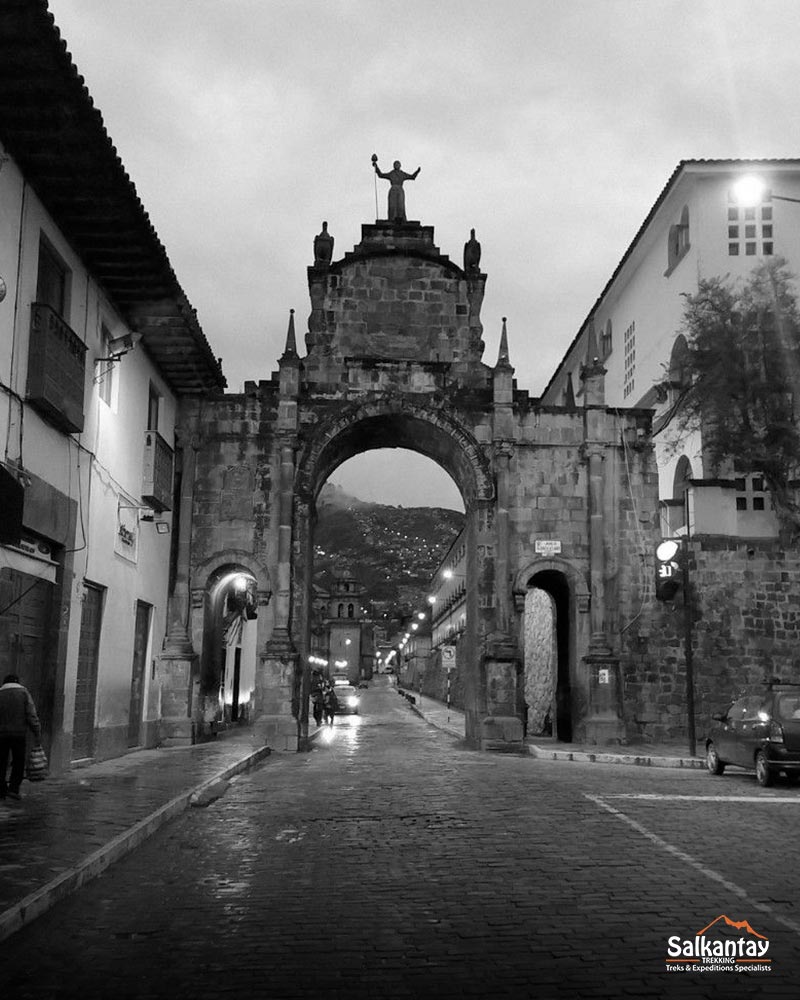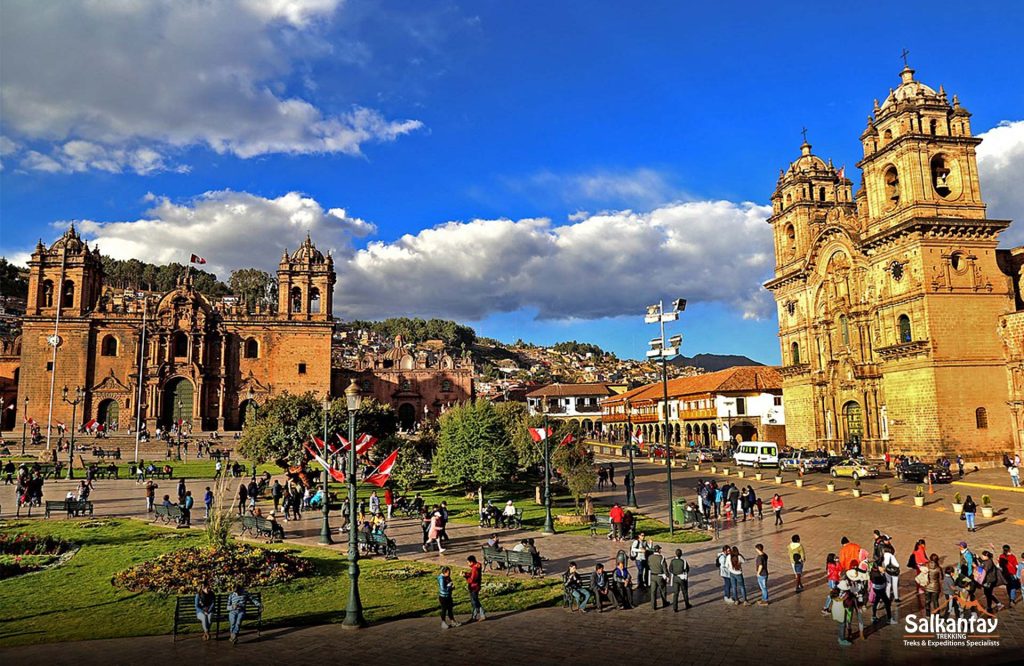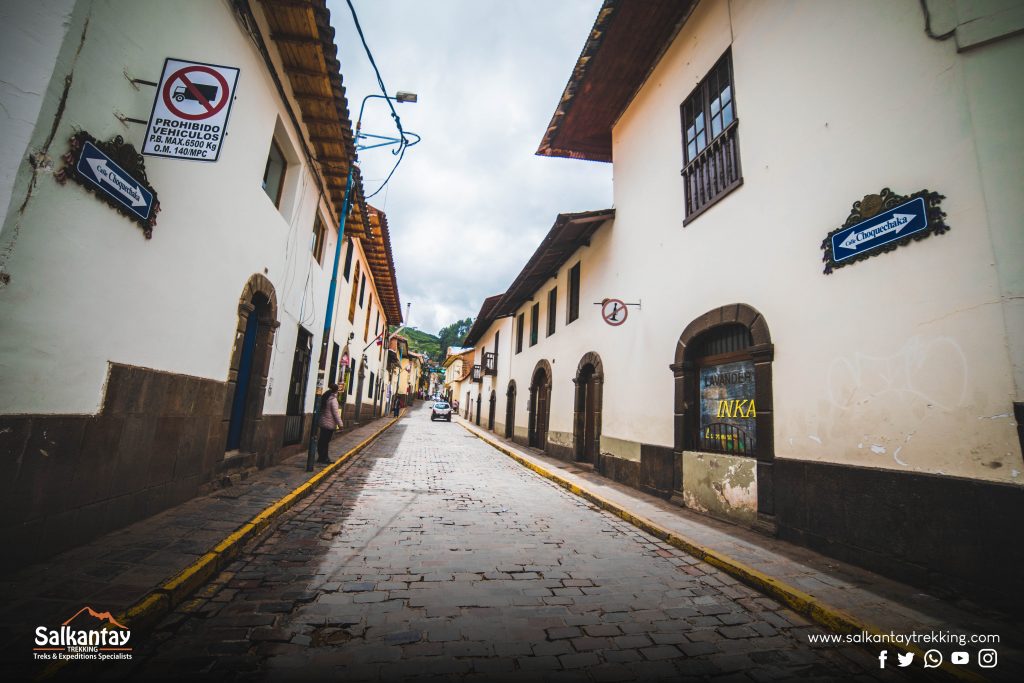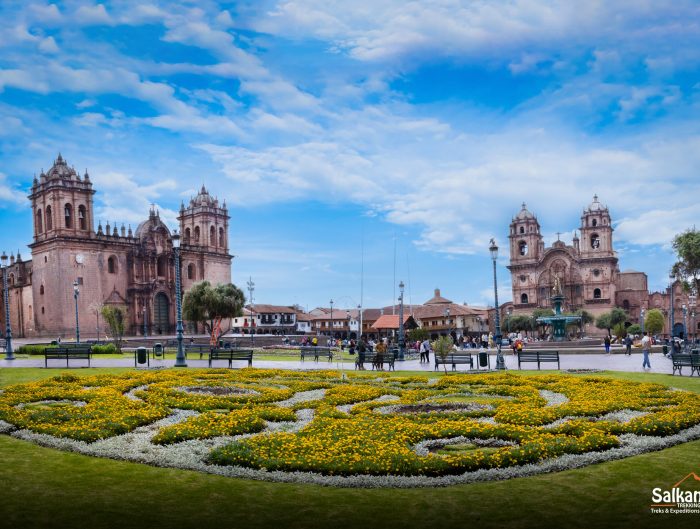The streets in Cusco with Quechua names are not merely directions on a map; they are living narratives of a rich and complex history. Each name carries chapters of Quechua culture, from warrior traditions to the reverence of deities like the sun and the puma. Walking through these streets, visitors and residents experience the unique fusion of the ancient and the modern, where each cobblestone tells a story and each Quechua name resonates like an echo from the past. Cusco, with its Quechua-infused streets, stands as a tangible testament to the cultural heritage that endures in the heart of the Andes.
Introduction
Quechua emerges as a cultural treasure in the city of Cusco. Quechua is not merely a means of communication but a living expression of the region’s identity and cultural heritage. Through this language, the traditions, customs, and knowledge passed down by the Incas persist in the very fabric of Cusqueñan society. This thread that connects the past to the present is a tangible testimony to the historical greatness of the Incas, reminding current generations of their legacy and the importance of preserving and honoring these cultural roots.
Quechua’s linguistic and cultural richness is valuable in the local context and contributes to global cultural diversity. The preservation and promotion of Quechua not only ensures the continuity of a unique language but also enrich the global understanding of cultural diversity and the importance of keeping alive the rich heritage of past civilizations.


Significance
UNESCO (United Nations Educational, Scientific and Cultural Organization) has shown a strong commitment to the promotion and preservation of indigenous languages worldwide. Recognizing the importance of these languages as an integral part of humanity’s cultural and linguistic heritage.
Peru is known for its linguistic diversity, hosting a multitude of native languages. The exact number may vary depending on sources and classifications. According to the National Institute of Statistics and Informatics (INEI) of Peru, in its 2017 National Population and Housing Census, 48 indigenous languages were identified, with Quechua and Aymara being among the most spoken in Peru. These two languages have a significant presence in the Andean regions and are an integral part of the cultural identity of many communities. Additionally, numerous indigenous Amazonian languages exist in the country’s rainforest regions, such as Shipibo, Awajún, Aguaruna, among others.
Preserving and revitalizing these indigenous languages is crucial to conserving Peru’s rich cultural diversity. Government institutions and organizations, often in collaboration with UNESCO and other partners, work to promote respect and appreciation for these languages and ensure their transmission to future generations.
In Cusco, according to the latest official census, out of a million Cusqueños, 55.2% declared learning Quechua as their first language, and 74.7% declared themselves culturally Quechua. Indeed, Quechua is very present in the city of Cusco. You can hear it in people’s conversations on the street, in popular music, in some communication networks, and also in the names of the streets.


The Streets of Cusco in Quechua
Walking through Cusco is a unique sensation of connection with history and mountains. The city, once the heart of the Inca civilization, not only presents itself as a fascinating tourist destination but also as a living testament to the enduring Quechua influence over the centuries. Undoubtedly, one of the first elements that captures people’s attention is the streets, which reveal a unique history through their Quechua names.
These cobbled paths become more than mere directions; they are silent narrators of the Quechua cultural identity that permeates every corner of Cusco. In this blog, we will explore the magic that awakens when your steps intertwine with the Quechua-named streets of Cusco. Join me in discovering some secrets of the Tawantinsuyu.

1. HATUNRUMIYOC STREET (HATUN RUMIYUQ)
This impressive street is found one block from the Plaza de Armas. It has a wall that was once part of the Inca Roca palace. In actuality, this place is the palace of the archbishop of Cusco.
Having Hatun rumiyuq as the name of that street means there’s a big stone there. You can translate it as something like, “where the big stone is.” This is due to the presence of the famous 12-Angled Stone, which will show you the precision and beauty of Inca architecture. Now let’s take a look at the pieces that make up this name.
- Hatun: Big
- Rumi: Stone
- -yuq: This is a possessive suffix which can be explained a little bit better with the word “backpacker.” Let’s say that “backpack” is “q’ipi,” so “backpacker” in Quechua could be translated as “q’ipiyuq,” which means “the one who has a backpack.” If “wasi” is “house,” “wasiyuq” would be “the owner of the house.”

2. PANTAQ CALLE
To get to this place, you should go through the narrow street Recoleta where there are restaurants, shops and hostels with great prices. Pantaq means “mistaken” or “a person that makes mistakes.” So Pantaq Street means “the street of the one that makes mistakes,” maybe because is a dead-end alleyway. This word in Quechua has two parts:
- Pantay: Make a mistake
- -q: This agentive suffix transforms verbs into person nouns who carry out that action. This means that if “pantay” means “make a mistake,” “pantaq” is “someone who makes a mistake.” Other examples: “takiy” is “sing;” “takiq” is “singer;” “llank’ay” is “work;” “llank’aq” is “worker.”

3. ASNOQCH’UTUN (ASNUQ CH’UTUN)
Asnoqch’utun is found in front of Pantaq Street, and you can use its stairs to go toward the San Blas market where you’ll find fresh, healthy food that’s cheap and delicious. This name is really fun because it means “donkey’s snout,” a mix of Spanish and Quechua:
- Asno: In Spanish, donkey.
- -q: It’s a genitive suffix which, although it’s written just like the suffix we just saw in the case of “Pantaq,” in this case it indicates belonging, or “of the donkey.”
- Ch’utu: Snout
- -n: You can translate this suffix as “his/her/its,” so it’s the mark of belonging of the third person. In this case, “Ch’utun” means “its snout.”
In conclusion, “Asnoq ch’utun” means something like “of the donkey, its snout.”

4. ATOQSAYK’UCHI (ATUQ SAYK’UCHI)
This steep slope brings you from the traditional neighborhood of San Blas to the Circunvalación Avenue, which you can take to get to the White Christ in the mountains surrounding Cusco. This name means “That which makes the fox tired” surely in reference to the never-ending stairs that form this extremely long path. If the fox gets tired going up, imagine how you’ll feel when you get to the top! The name of this street is composed in the following way:
- Atuq: Fox
- Sayk’uy: Get tired
- -chi: This causative suffix transforms verbs. Because of this, “Sayk’uchiy” means “to make tired.”
5. PUMAQCHUPAN
Pumaqchupan is a street found close to the famous fountain of water at the end of the Avenue El Sol. It literally means “Puma’s Tail” and refers to the old form the sacred city of Cusco had. We know that the rivers Tullumayu and Watanay form the feline’s tail in the junction of where the fountain of water we just mentioned was actually built. This name is composed like this:
- Puma: This obviously means “puma.”
- -q: We already know about this suffix which, added to “puma,” means “of the puma.”
- Chupa: Tail
- -n: We’ve also learned this suffix which, added to “chupa,” means “its tail.”
In conclusion, the name of this street means: “Of the puma, it’s tail.”

6. CCORICALLE (QORI STREET)
Stories tell that this street is called “Qori Street” because in one of its neighboring houses, a treasure of gold was hidden. “Qori” is the Quechua word for “gold,” and surely, you’ll find it more than once in the city of Cusco. This mysterious street is found at the end of the slope of Amargura (Bitterness) street. As soon as you walk through it, you’ll feel a spell fall over you as if you’re traveling through time or to another dimension.

7. K’UICHIPUNKU STREET (K’UYCHI PUNKU)
You can find this street close to the majestic temple of Qorikancha. Very closely, you’ll also find the Heroe’s Walk, a street unknown by tourists but which will dazzle anyone with its architecture and its grand houses. Its name is really beautiful and means “Door of the Rainbow,” and, as an obvious result, it’s made up of two terms:
- K’uychi: Rainbow
- Punku: Door

8. CHOQUECHAKA (CHOQE CHAKA)
The name of this street means Golden Bridge, and it’s said that it was a bridge constructed over the river Tullumayu. Closeby, there are many restaurants and hotels for all budgets: from the most luxurious to the cheapest.
- Choqe: Gold (Yes, we said that gold in Quechua is “qori,” but “choqe” is a less used word that refers to this sacred metal which the Incas used to represent the energy of the sun.)
- Chaka: Bridge
Take advantage of your visit to Cusco to learn a bit more about Quechua, the most expansive indigenous language of Latin America, and feel the true heart of the mountains speaking to you through your lips and heart.
















Leave A Reply